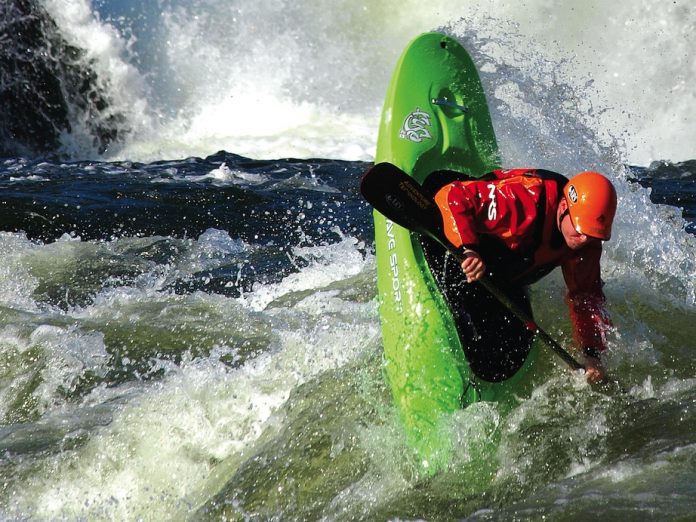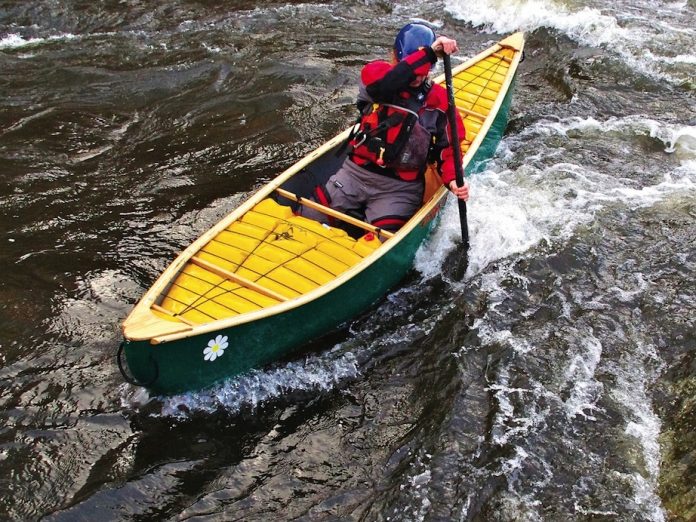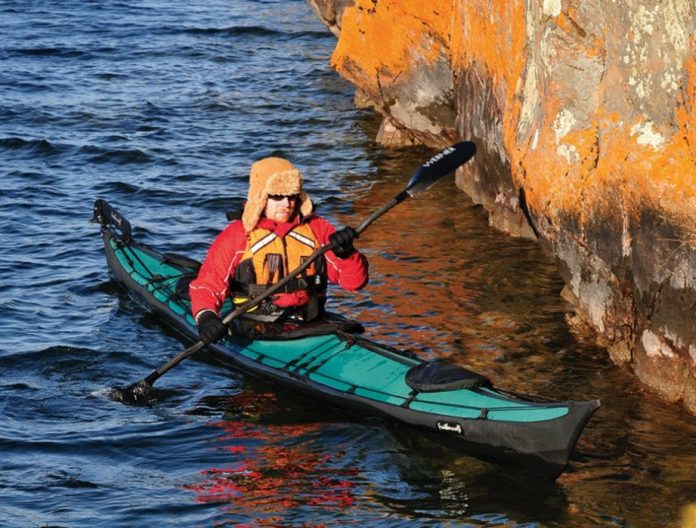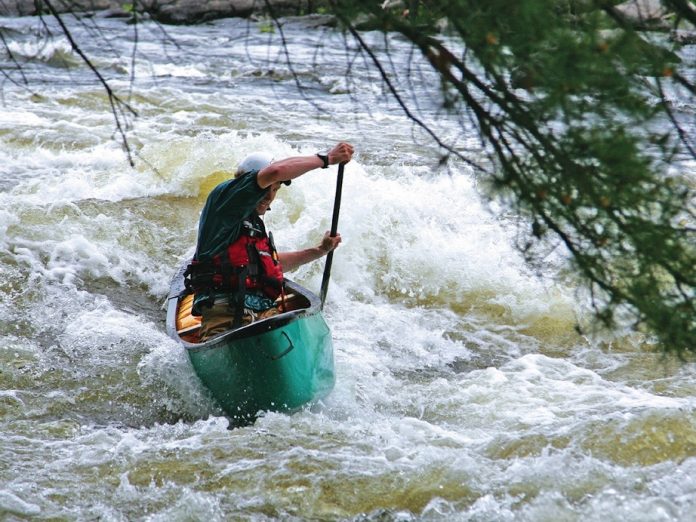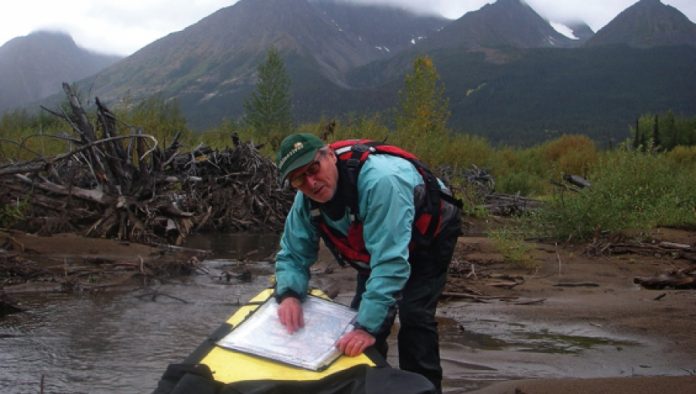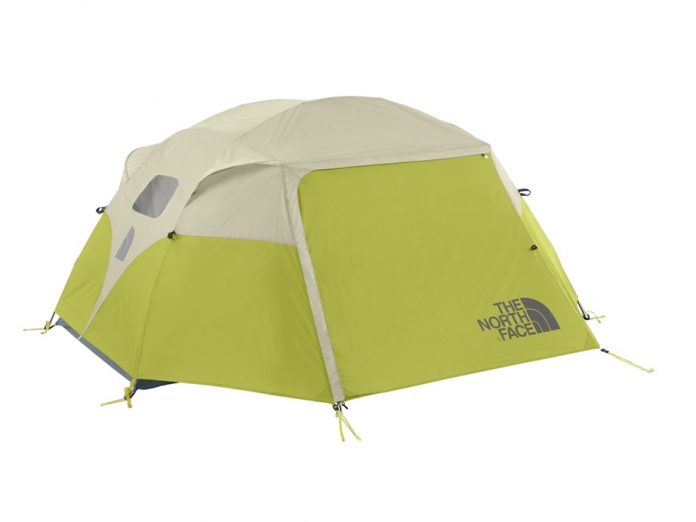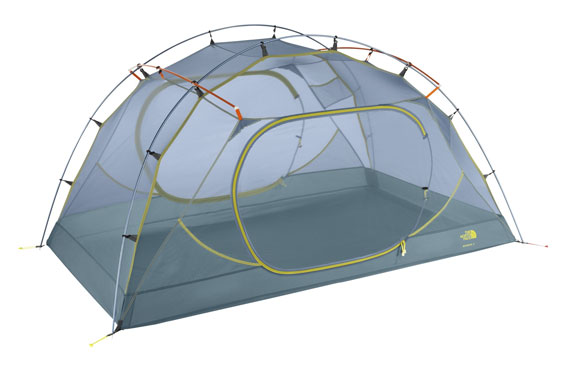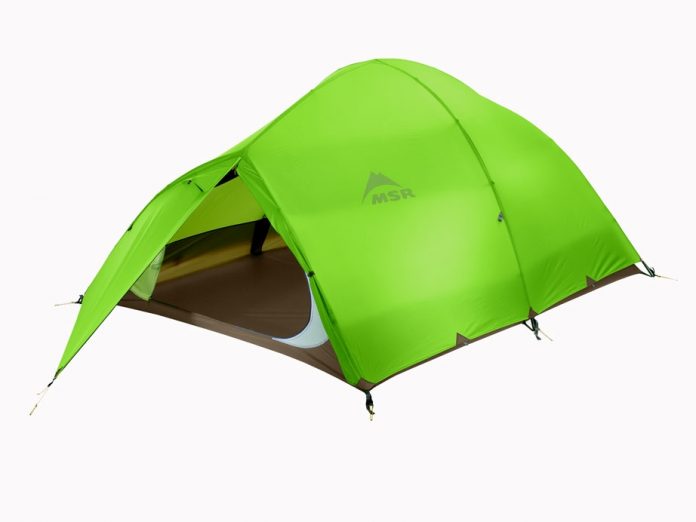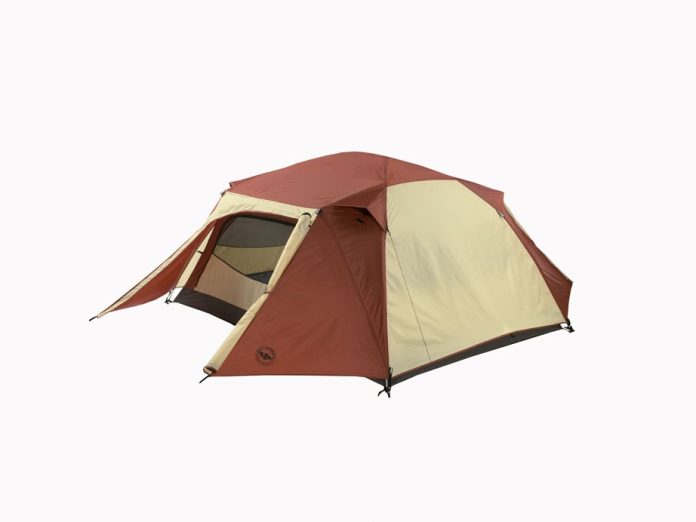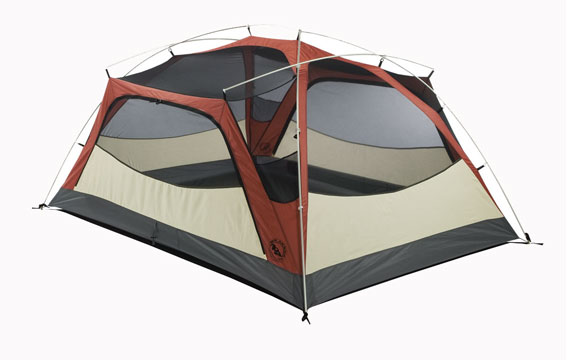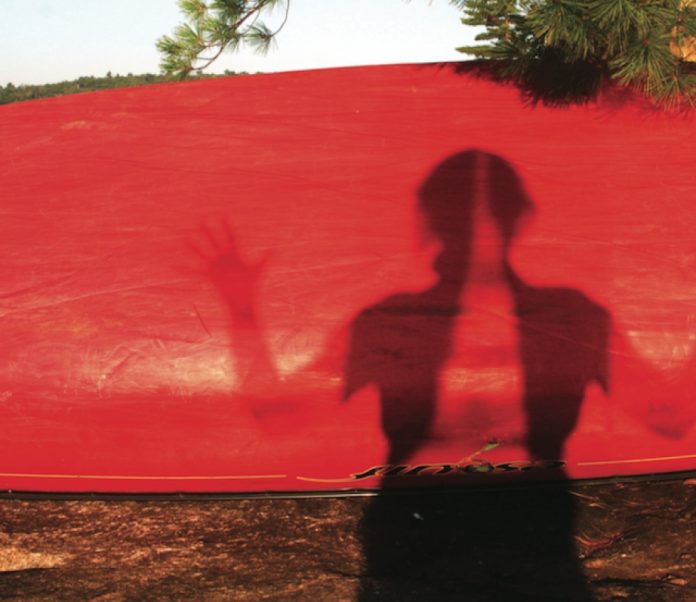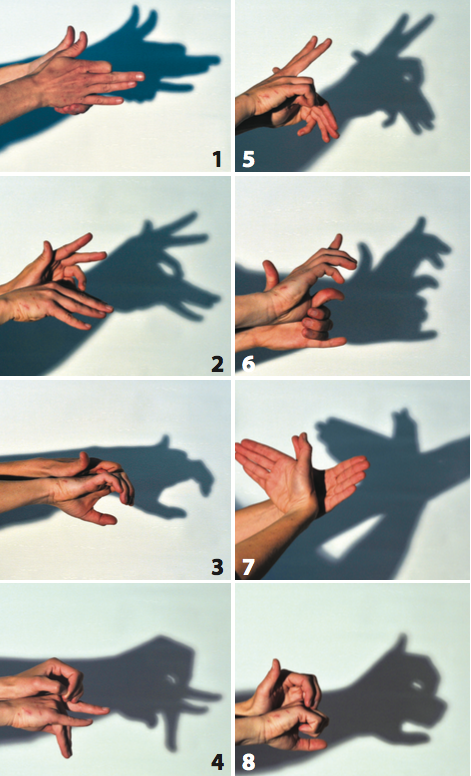Learn how to perform a wave wheel with this technique article from Rapid magazine.
The wave wheel lets you style almost any wave train and is one of the most basic downriver freestyle moves you can add to your arsenal. Resembling a downriver cartwheel, it involves using the face of a standing wave like a ski jump to throw your boat vertically into the air.
Find a steep standing wave that is deep on its backside—wave wheeling into shallow water can be extremely painful. Choose a green wave, as breaking waves will slow your downriver momentum too much. Although it’s possible to wave wheel on any sized wave, a larger wave will make this move easier.
Approach the steepest part of the wave with speed; the faster you go, the higher you’ll launch. Speed also helps your boat break free of the water, making the move easier.
As you reach the wave and begin climbing its face, take a powerful forward stroke with your boat edged toward the blade you’ve planted. Time your stroke to finish when the peak of the wave reaches your hip. This will wind your body up for the next step and pull your stern underwater, allowing your bow to rise off the backside of the wave.
Keeping your boat on edge, begin reversing your forward stroke into a back stroke on the wave’s peak—this pushes your bow down into the trough behind the wave and your stern free of the water into the air. The power for this move comes from unwinding your torso to bring your bow under your body. Rotate your upper body down towards the water, thinking about getting your paddle shaft parallel with an imaginary plane extending off the wave’s face.
Timing is everything. If you unwind too early, you’ll drive your bow into the face of the wave; too late and you’ll plant your paddle into thin air.
As you back stroke, think about pushing your feet under your body and keeping constant pressure on your planted blade. If you finish your stroke before your boat reaches vertical, your momentum will end abruptly and you’ll fall back to the water.
As your boat approaches vertical, lift your knee to flatten your boat and switch to the other edge. Keep your weight forward as you fall onto your hull facing upstream. Finish the move with a back stroke that acts as a brace to assist in returning your boat and body to an upright position.
Wave wheeling is an excellent way to spice up a mellow section of river or drop into a wave or hole to front surf. Once you’ve mastered wave wheeling forwards, try it backwards. On bigger waves you can even wave wheel your creek boat.
This article originally appeared in Rapid, Spring 2012. Download our free iPad/iPhone/iPod Touch App or Android App or read it here.



